glue guide
CHOOSING THE RIGHT ADHESIVE >CHOOSING THE RIGHT ADHESIVE >
Your adhesive survival kit. Secure, seal, and stage AMFX materials so they hold fast through the end of the world.
UV glue
see also
light-cure glue, UV resin glue, liquid plastic welder, UV repair glue
works with
UV glue is a clear adhesive that only cures when exposed to ultraviolet light, usually from a small handheld UV torch. This gives you unlimited working time for positioning pieces, followed by an almost instant set—typically 10–30 seconds once you hit it with the light.
It’s especially good for bonding smooth, non-porous surfaces like plastic, glass, or metal, and it can double as a scenic effect material for drips, puddles, or glossy residue. We’ve had great luck with budget-friendly UV glue kits on Amazon, as well as hobby-grade options like Bondic and Green Stuff World UV Resin.
how to use it
- Apply a small amount to the surfaces you want to join.
- Position the pieces exactly as you want them.
- Shine a UV light directly on the glue until cured (10–30 seconds).
- For thicker applications or deeper gaps, cure in layers for even results.
what it’s good for
- Securing Shatter on vertical panes or angled surfaces without drips
- Creating realistic glossy drips, frozen liquids, or adhesive residue in a scene
- Bonding smooth surfaces where PVA or matte medium won’t grip
- Small gap filling on hard materials
UV glue isn’t ideal for large surface areas or deep opaque materials, since the light can’t penetrate far enough to cure the bond. For precision work in visible spots, though, it’s one of the fastest and cleanest options out there.
PVA (diluted)
see also
Elmer’s glue, Scenic Cement, hobby milk, that bottle in your junk drawer
works with
PVA stands for polyvinyl acetate, a water-based adhesive found in most white craft glues. When diluted with water, it becomes a go-to solution for miniature terrain, basing, and scatter. It seeps into cracks and texture, then dries matte and nearly invisible. It’s not meant for structural bonds or non-porous surfaces.
You can mix your own at home with the recipe below, but we swear by Woodland Scenic’s Scenic Cement. It’s pre-diluted PVA with added surfactants for perfect flow and coverage, and it just works… every single time. It’s one of those products we keep stocked and reach for without thinking.
DIY recipe
- 2 parts water
- 1 part white glue (any standard PVA)
- optional: a drop or two of isopropyl alcohol or dish soap for better flow
Shake it up in a squeeze bottle or jar until smooth. It should pour like milk—thin, but not runny.
what it’s good for
- Locking in Shatter as ground scatter on roads, floors, or rubble
- Fixing Scorch ash textures in place (use a pipette for easy application)
- Sealing grass, paper, or tiny debris in a scene
- Pre-wetting surfaces before applying powder or light materials (aka “wet-first” method)
